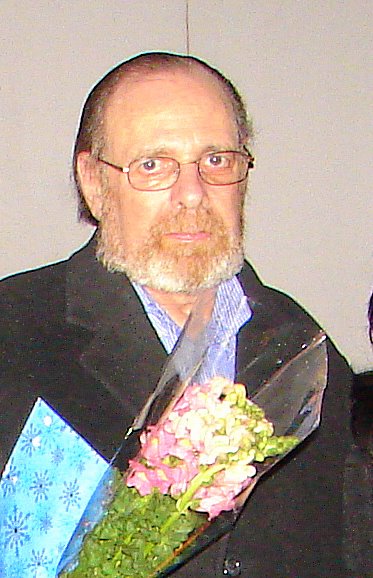As Congress debates a health-care insurance overhaul, the pharmaceutical industry is lobbying heavily for expanded patent protections that its lobbyists say are necessary to protect the industry’s investments and encourage future developments.
The question is how long a period a drug developer will have exclusive rights to a certain kind of drug – called biologics – before competitors can be allowed into the market with generic versions.
Biologics are costly drugs produced from living organisms, not from chemicals as the more common small molecule drugs are composed. Americans spend an estimated $40 billion per year on the drugs, which comprise almost a third of Medicare Part B spending.
PhRMA – the lobbying arm of the industry headed by former Louisiana Congressman Billy Tauzin – wants at least 12 years of protection from competition, saying that’s about what it would take, on average, to recoup the initial research and development investment of getting a drug to the marketplace.
READ MORE @ NEW ORLEANS PICAYUNE
Friday, October 2, 2009
Antidepressant improves recovery from spine injury
A common antidepressant combined with an intensive treadmill training program helped people with partial spinal cord injuries walk better and faster, U.S. researchers said on Sunday.
They said Forest Laboratories' antidepressant Lexapro or escitalopram, which affects a message-carrying brain chemical called serotonin, helps strengthen remaining nerve connections along the spine, giving patients with spinal cord injuries more ability to control their muscles during training.
"The drug is enhancing the effects of the therapy," said George Hornby, a research scientist at the Rehabilitation Institute of Chicago, who is presenting his findings at the Society for Neuroscience's meeting in Chicago.
"The drug on its own isn't a miracle drug. What you need is the drug plus the training," Hornby said in a telephone interview.
The findings are the first in humans and builds on studies in animals that found giving serotonin-like drugs after spinal cord injuries can promote recovery of walking when paired with an intensive training program.
READ MORE @ REUTERS
They said Forest Laboratories' antidepressant Lexapro or escitalopram, which affects a message-carrying brain chemical called serotonin, helps strengthen remaining nerve connections along the spine, giving patients with spinal cord injuries more ability to control their muscles during training.
"The drug is enhancing the effects of the therapy," said George Hornby, a research scientist at the Rehabilitation Institute of Chicago, who is presenting his findings at the Society for Neuroscience's meeting in Chicago.
"The drug on its own isn't a miracle drug. What you need is the drug plus the training," Hornby said in a telephone interview.
The findings are the first in humans and builds on studies in animals that found giving serotonin-like drugs after spinal cord injuries can promote recovery of walking when paired with an intensive training program.
READ MORE @ REUTERS
Subscribe to:
Comments (Atom)

